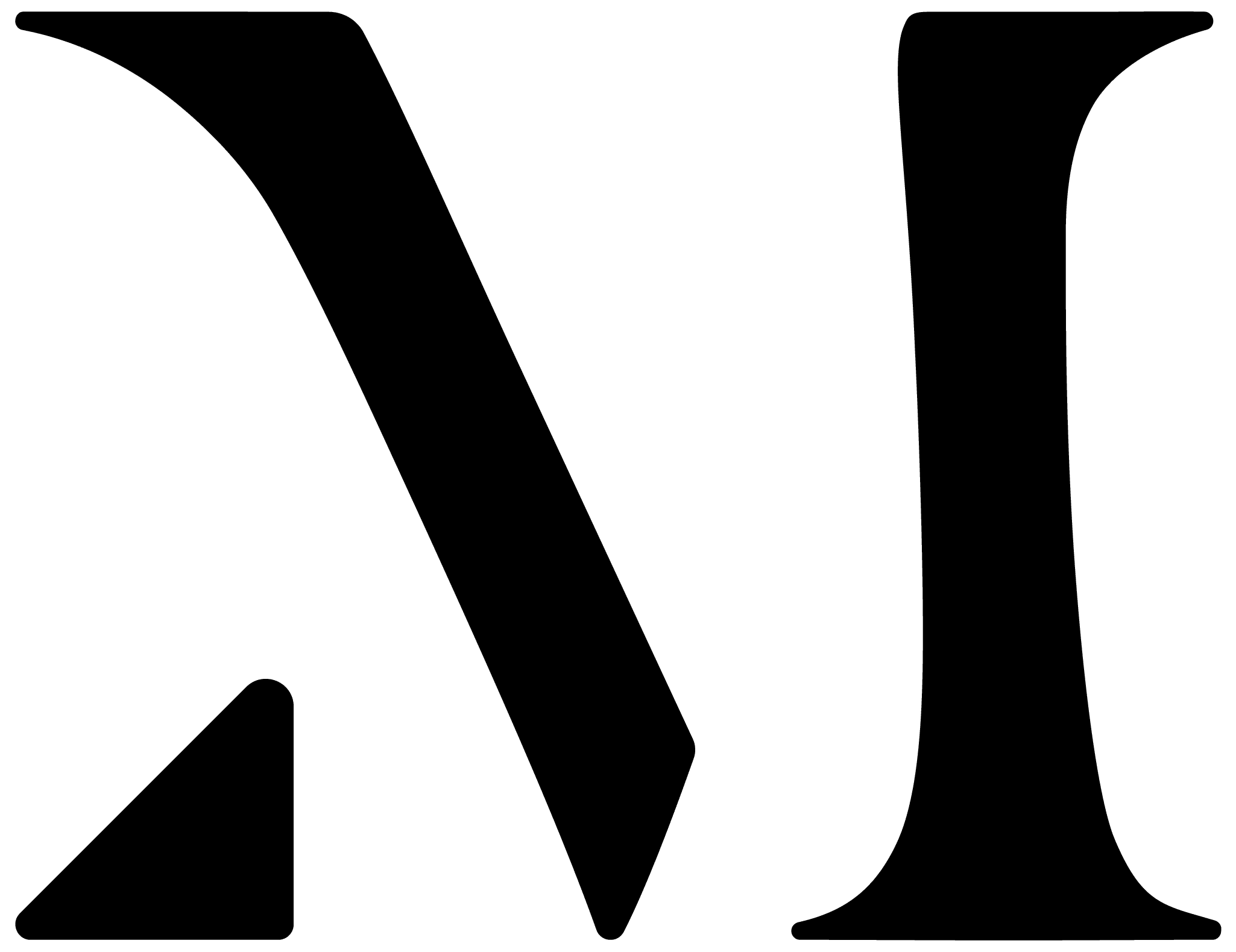Choosing the Right Social Media Channels for Marketing

The number of social media apps and platforms continues to grow, but not all of them are genuinely useful for you or your business. If the format conflicts with your marketing goals or your target audience isn’t active on a specific platform, it’s not wise to invest your time and resources there.
Buyer personas and the buyer’s journey play a crucial role in this decision-making process. If you’ve created buyer personas, you’ll have insights into the social media platforms your buyers prefer. It doesn’t matter if you personally love a particular platform; what matters is whether it’s where your buyers spend their time.
Understanding the buyer’s journey is equally essential. Do your potential customers seek recommendations on Facebook or rely on Google reviews before making a purchase? Knowing this process is vital to effectively engage with your potential customers at every stage of their journey.
Once you’ve identified where your customers are, you must decide where to allocate your resources. The major platforms with the highest monthly active users are listed below, along with the often-overlooked Google Business Profile. Let’s explore their pros and cons.
Facebook – The World’s Largest Platform
As of the Second quarter of 2023, Facebook boasts 3 billion monthly active users, making it an audience you can’t afford to ignore. Regardless of your target audience, having a presence on Facebook is a necessity.
Facebook’s marketing tools enable precise targeting based on interests, location, age, employer, and numerous other qualifiers. This level of precision ensures you’re reaching the right personas, saving your marketing budget from broad campaigns.
Facebook offers a wide range of marketing types, from short- and long-form text to photos, videos, external links, and even maps and links to physical locations. You can utilize Pages, Groups, and Ads to customize your messaging further.
Moreover, Facebook provides detailed analytics for your posts, and you can even embed a Facebook Pixel on your e-commerce site to track traffic and conversions.
On the flip side, managing all these tools requires time and attention. The dynamic nature of Facebook and user interactions means that you can’t set and forget. Additionally, the social nature of Pages and Groups demands vigilant damage control since negative comments or reviews can quickly spread.
X – Real-Time and Social
X has approximately 368 million monthly users, making it a considerable platform to consider. In recent years, X has partnered with major sports leagues to produce live shows and cover live events, offering a unique platform for real-time engagement during games and shows.
X’s open public forum allows easy sharing and embedding of tweets, and Google prominently displays them in search results. A popular tweet can have a significant reach, extending beyond X.
X also provides precise targeting options, similar to Facebook, including age, location, gender, language, device, interests, behaviors, and event targeting.
However, X’s format is fleeting, with users typically spending only a few minutes per day on the platform. Unlike Facebook, where users linger, X users often visit to send tweets and quickly depart. The platform is also more susceptible to fake accounts, which can affect the accuracy of your analytics.
Instagram – Visual and Mobile
Instagram is immensely popular among millennials and younger demographics, with over a billion monthly active users. Users spend nearly an hour per day on the app, making it an attractive platform for businesses with visually appealing content.
The highly visual nature of Instagram is a double-edged sword. It’s perfect for businesses with visually attractive products or content, but it may not suit businesses lacking visual appeal or the time to create visual content.
Instagram allows you to target your competition’s followers and benefit from influencer marketing, where influential individuals promote your brand.
On the downside, Instagram’s user base skews younger, and younger generations tend to have less purchasing power. If your target audience is older or higher-income, Instagram might not be the ideal platform.
LinkedIn – Professional Networking and Expertise Sharing
LinkedIn is a professional networking site, offering a clutter-free environment compared to typical social platforms. It’s excellent for B2B marketing, allowing you to target individuals in specific industries or companies.
LinkedIn also features a robust forum system, enabling brands to showcase their expertise and connect with colleagues, peers, and potential customers.
It’s a valuable platform for professional influencers, as many thought leaders actively engage on LinkedIn.
However, LinkedIn’s user base is not very active, with only 25% accessing their accounts monthly. Spam is another challenge on the platform, flooding inboxes and requiring careful targeting to overcome.
Snapchat – Real-Time Streaming Video
Snapchat has over 10 billion daily views and a highly engaged audience. Users on Snapchat are more attentive and engaged compared to other social media platforms.
The real-time nature of the app makes advertising feel organic, seamlessly blending with user-generated content.
However, tracking results on Snapchat is challenging, as it offers no data tracking. Advertising on Snapchat may require making peace with the inability to analyze the ROI effectively.
TikTok – The Emerging Star
In the dynamic world of social media, TikTok has rapidly emerged as a rising star. With its growing user base and unique short-form video format, TikTok presents an exciting opportunity for businesses to engage with their audience, particularly younger demographics like Gen Z and Millennials.
TikTok is known for its ever-changing trends and challenges, so staying attuned to these can boost your visibility. Being adaptable and experimenting with content styles is essential to resonate with your audience.
Google Business Profile – Not Exciting, But Still Valuable
Having a Google Business Profile significantly improves your visibility in search results when users search for your business. This is invaluable, as Google search is often part of your audience’s buyer’s journey.
To optimize your Google Business Profile, ensure all information is complete, including your business name, physical location, contact info, and photos. This enhances user experience and generates leads.
Moreover, being on Google provides a platform for collecting reviews, which can enhance your credibility and customer satisfaction.
Essential Considerations
No matter which platform you choose, ensure your profiles are complete and professional. Inconsistencies or missing information can harm your brand’s image.
Keep your messaging error-free and maintain a consistent voice and tone. Create brand guidelines to guide your social media managers and ensure a uniform brand identity.
Consistency in colors, logos, hashtags, and slogans across all channels is key. It’s also beneficial to obtain verification badges on platforms like Facebook to enhance credibility.
Selecting the right social media platforms for your marketing efforts involves careful consideration of your target audience, platform features, and your resources. Once you’ve made your choices, maintaining consistent branding and messaging is crucial for success.





